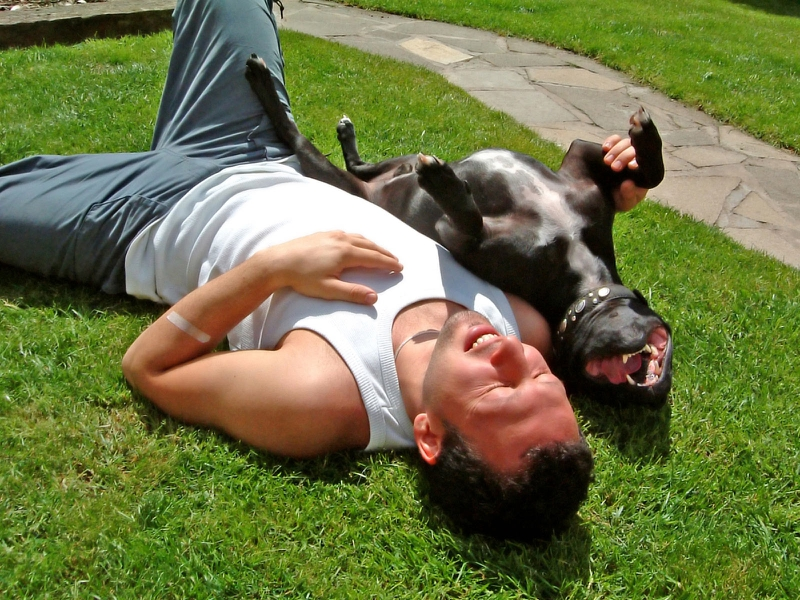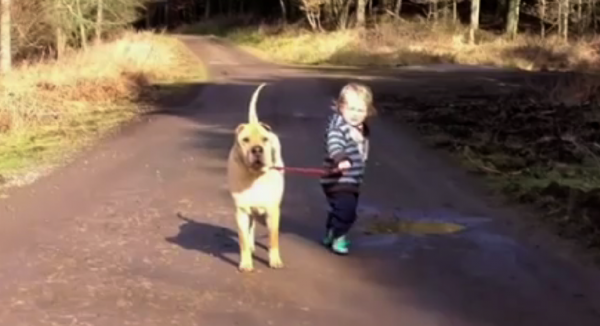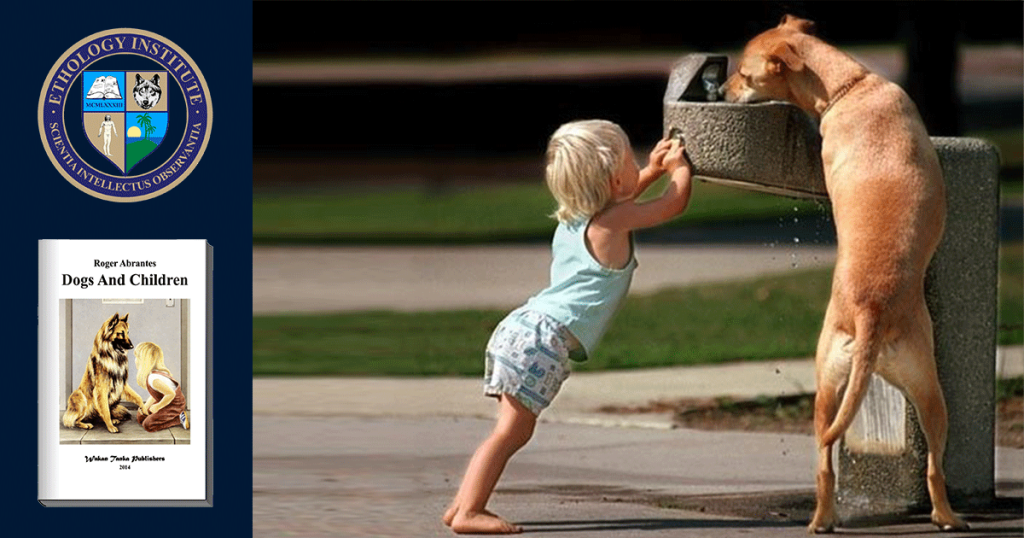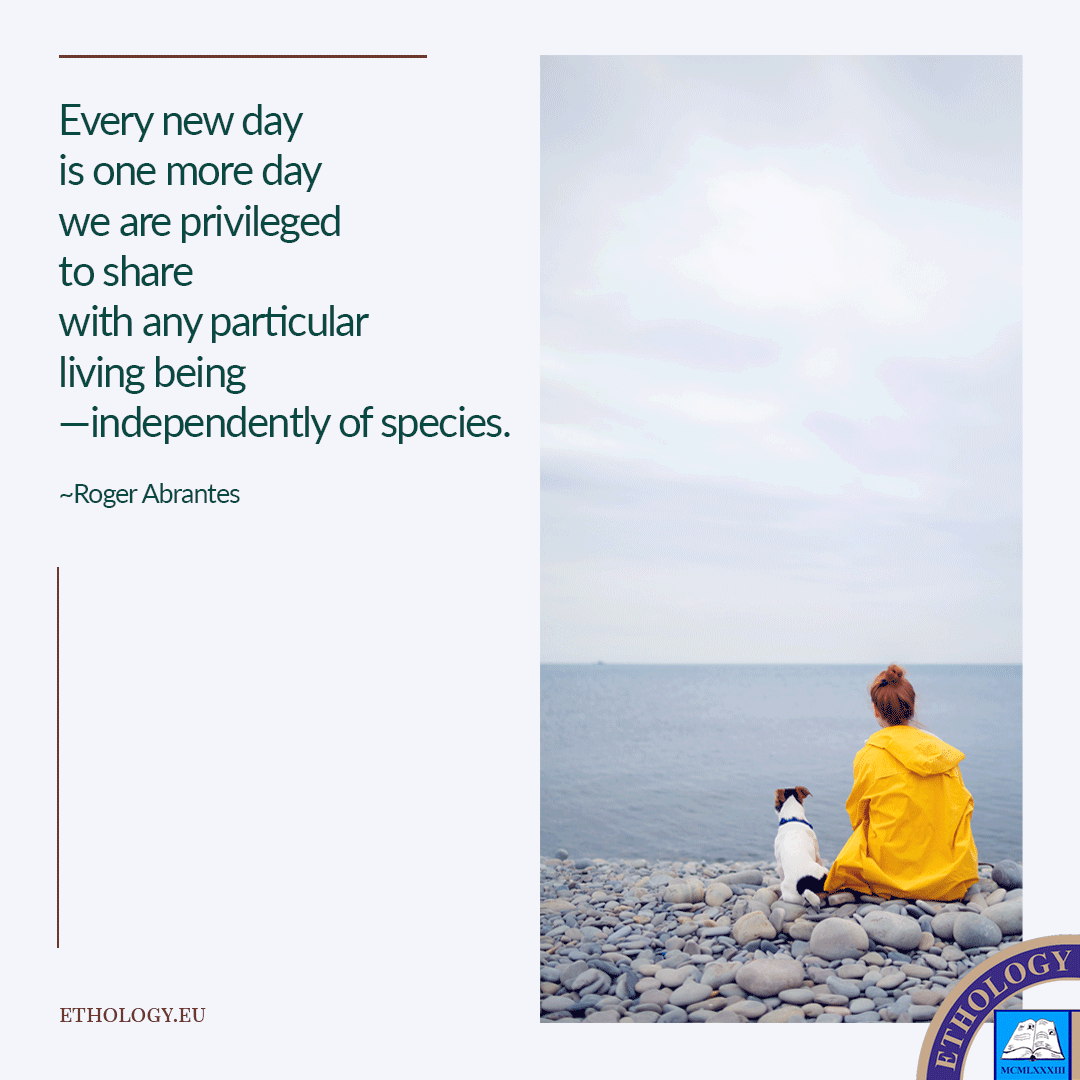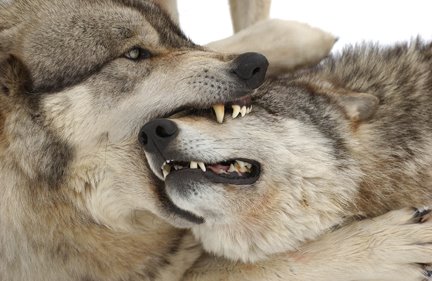“Laughter is the shortest distance between two people,” Victor Borge once said. As you have figured out by now, I enjoy finding proof that humans are not that different from other forms of life. We share many characteristics with the other living creatures with whom we share our planet. Today, I have one more example for you—laughter.
Laughing is an involuntary reaction in humans consisting of rhythmical contractions of the diaphragm and other parts of the respiratory system. External stimuli, like being tickled, mostly elicit it. We associate it primarily with joy, happiness, and relief, but fear, nervousness, and embarrassment may also cause it. Laughter depends on early learning and cultural factors.
The study of humor and laughter is called gelotology (from the Greek gelos, γέλιο, meaning laughter).
Chimpanzees, gorillas, bonobos, and orangutans display laughter-like behavior when wrestling, playing or tickling. Their laughter consists of alternating inhalations and exhalations that sound to us like breathing and panting.
Rats display extended, high frequency, ultrasonic vocalizations during play and when tickled. We can only hear these chirping sounds with proper equipment. They are also ticklish, as are we. Particular areas of their body are more sensitive than others. There is an association between laughter and pleasant feelings. Social bonding occurs with the human tickler, and the rats can even become conditioned to seek the tickling.*
A dog’s laughter sounds similar to a regular pant. A sonograph analysis of this panting behavior shows that the variation of the bursts of frequencies is comparable with the laughing sound. When we play this recorded dog-laughter to dogs in a shelter, it can contribute to promoting play, social behavior, and decrease stress levels.*
“Laughter is the shortest distance between two people.” Maybe, it is simply the shortest distance between any two living creatures.
Keep laughing, my friends!
__________
* Panksepp & Burgdorf, 2003, Laughing rats and the evolutionary antecedents of human joy?; Simonet, Versteeg & Storie, 2005, Dog-laughter: Recorded playback reduces stress-related behavior in shelter dogs.
Related Articles
The Biggest Difference Between Humans and Dogs
The Single Most Damaging Belief of Ours
Featured image: We laugh, but we are not the only ones.
Featured Course of the Week
Ethology Ethology studies animal behavior in its natural environment. It is one of the fundamental courses in your curriculum. A reliable knowledge of animal behavior is the basis to create a satisfying relationship with any animal we train.
Featured Price: € 168.00 € 98.00

Learn more in our course Ethology. Ethology studies the behavior of animals in their natural environment. It is fundamental knowledge for the dedicated student of animal behavior as well as for any competent animal trainer. Roger Abrantes wrote the textbook included in the online course as a beautiful flip page book. Learn ethology from a leading ethologist.



